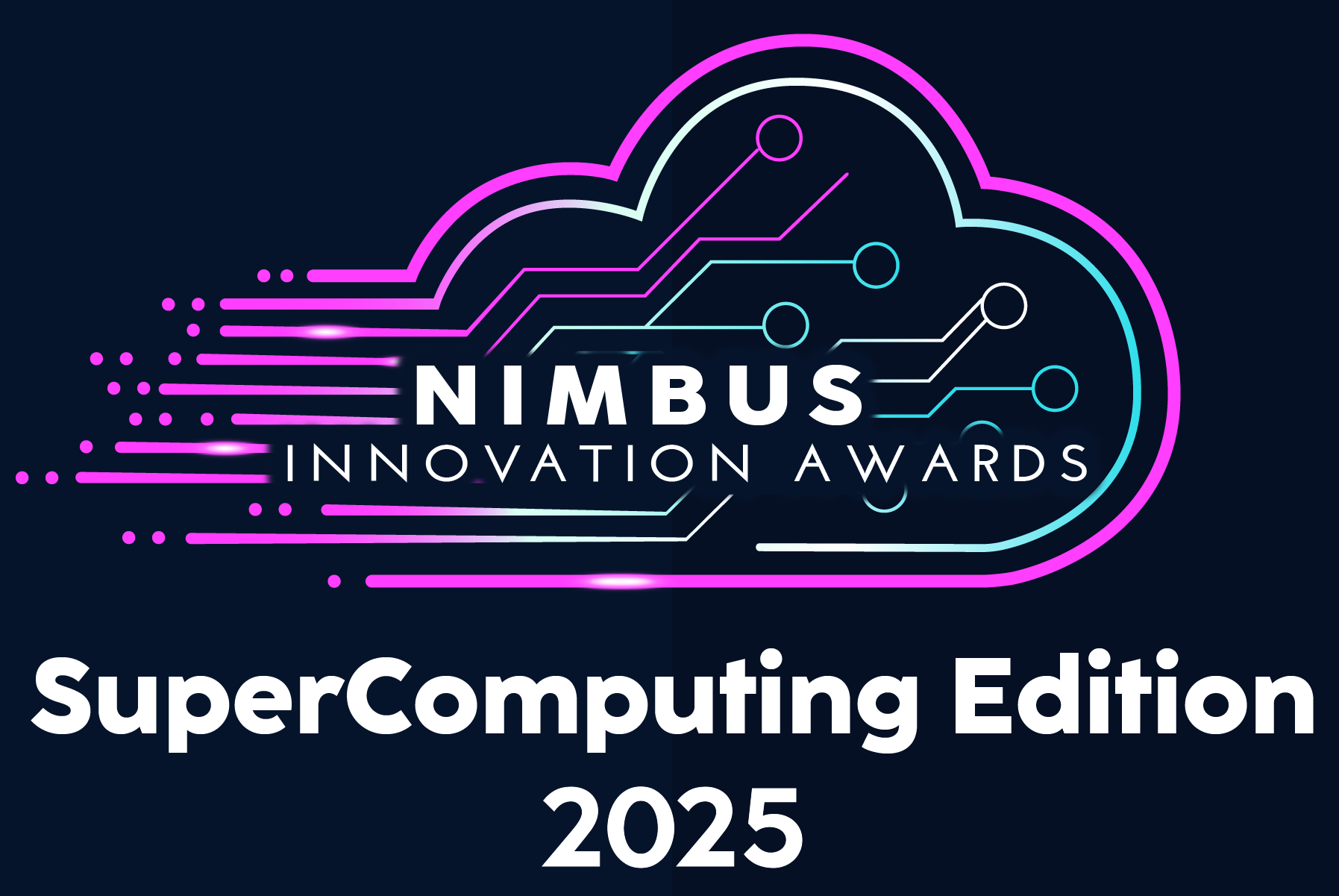2 min read
WATERLESS LIQUID COOLING FOR HPC, HPDA, & AI
Having optimal server capabilities are essential for organizations engaged in compute- and data-intensive applications such as high performance...
4 min read
 Shahar Belkin
:
Mar 5, 2024 1:58:17 AM
Shahar Belkin
:
Mar 5, 2024 1:58:17 AM

According to the MIT Lincoln Laboratory, data centers could draw up to 21 percent of the world’s electricity supply by 2030. This rapid increase is not just because nearly all internet traffic travels through data centers, but also because of the processing power needed to handle the workloads from exciting new generative AI applications such as ChatGPT. This is creating a huge challenge for the entire supply chain – from the hyperscalers down to the semiconductor and server suppliers – and all eyes are on their ability to become more sustainable while also meeting this explosive growth.
Data Center Chip Cooling Accounts for 40% of Overall Energy Usage
If you look closely at where the energy is being consumed, it may surprise you that cooling the chips inside the data center can account for 40 percent of its overall energy usage. Looking at that startling statistic, it does not take a rocket scientist to figure out that data center chip cooling is an area that could make one of the most significant impacts on data center sustainability in the long term. That is – as long as we don’t introduce cooling techniques that bring even worse sustainability problems. A perfect example is water-based cooling solutions, clearly, a better approach to cooling hot CPUs and GPUs is needed, and it should advance sustainability, not set us back. It also should not introduce a new level of risk and failure (did someone say water leakage on my $200K server?)
The majority of data centers are still cooling their servers and chips with air-based cooling. This traditional approach is one of the oldest tools in the toolbox, and if it weren’t for AI and HPC applications, this method of cooling probably could have continued for quite some time. However, as the heat output of chips continued to increase with every generation, data centers started running out of room to put the cooling equipment and are consuming larger and larger amounts of energy to cool it.
The Modern Approach to Cooling Data Center Chips – Waterless, Two-Phase Direct-to-Chip
As air-based chip cooling approaches hit the wall, companies started turning to direct-to-chip liquid cooling strategies. This was a smart move because liquid is a much more effective heat transfer medium than air. However, hyper scalers don’t want water in their facilities due to the risk of leakage and the high maintenance it requires. This has opened the door to waterless, two-phase direct-to-chip solutions such as ZutaCore’s HyperCool®. This direct-to-chip cooling solution provides unprecedented benefits to high-performance computing workloads, server densification, and data center sustainability. Unlike conventional cooling techniques, this technology was built to handle today’s modern cloud, AI, and HPC workloads. This is not a chip cooling technology designed 20 years ago trying to patch a problem we have today.
Below are just a few of the ways that direct-to-chip liquid cooling can help find the road that leads to a sustainable data center.
Net Zero Emissions by 2030
At ZutaCore, we are committed to making net-zero emissions a reality by developing innovative liquid cooling solutions for the data industry. Reducing energy, water, and land usage, as well as emphasizing recyclability and using sustainable materials, is a critical component to achieving net zero emissions goals, and this is now possible through advancements in two-phase direct-to-chip liquid cooling technology. Download our eBook to learn how HyperCool® can help save the planet.

2 min read
Having optimal server capabilities are essential for organizations engaged in compute- and data-intensive applications such as high performance...

2 min read
Equinix cools 45 metros around the world with direct-to-chip liquid cooling technology Equinix just proved that it really is “Cool to be Cool” with...

2 min read
It’s a wrap for the ISC High Performance 2025 Conference and Exhibition in Hamburg, Germany…..and ZutaCore® came home with the Gold! It’s HyperCool®...